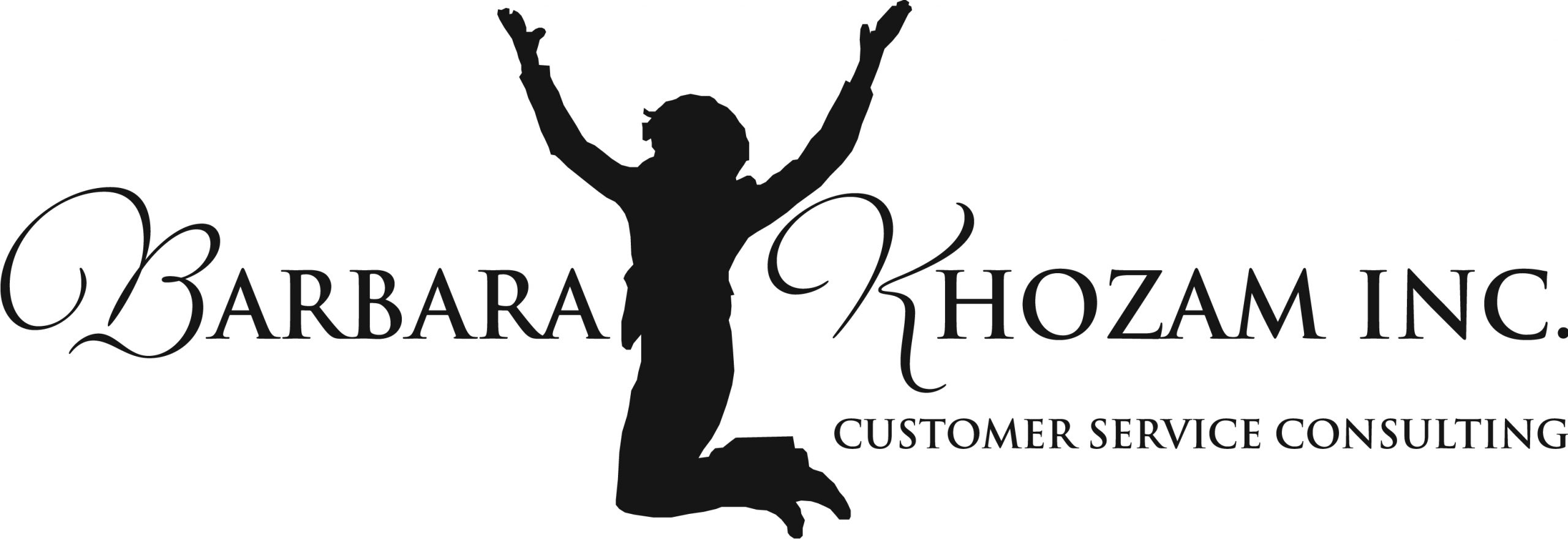A touchpoint is every single opportunity that customers and clients have of connecting with your business. And every touchpoint has the opportunity to turn great service into a BAD experience.
Real World Story: At a restaurant, touch-points can include the hostess, cashier, waiters, busboys and even the
So do you know ALL your customer touchpoints? More importantly, do you know how well or badly each touchpoint meets your standards of delivering exceptional service?
Strategies that Turn it Around:
- Make a list. To get a clear picture of your entire customer service delivery program, first make a list of every touch-point available to your customers. These include direct contact and indirect contact like your janitorial service. For example, if you run a business that gives bathroom access to customers, then remember that a messy and unclean bathroom speaks badly of your service to customers.
- With a complete list of touch-points in hand, you then should test each and every touch-point. You should test on a personal and historical basis. Personally, you can engage with each and every touch-point to see firsthand where problems exist. Historically, you can use past service surveys and complaints on file to see patterns of where problems may lie. Both a personal and historical perspective can give you a good idea of your strengths and weaknesses—what is working and what needs fixing.
- Fix, strengthen or eliminate. Fix problem areas immediately. Strengthen areas that work but need improvement. Eliminate touch-points that are no longer necessary, especially those that offer no benefits to customers.
- Evaluate periodically. Look at all your touch-points on a regular basis—this may be based on a quarterly or semi-annual time frame, depending on the nature of your business and on the standards you have created for delivering great service. You may discover that some touch-points are no longer relevant or are simply out of date with your technology or best practices.
Remember: Maintaining excellent customer service—and especially when wanting to elevate it—means that you have to know every touch-point your business makes available to customers. You can have transactions that are 98% flawless, but that one less-than-flawless touch-point can ruin your customers’ experiences—whether it’s your parking attendant or your company president. After all, great customer service means looking at everything from A to Z.
What do YOU do to ensure that ALL your customer touch-points in your customer service delivery program meet or exceed your standards? Please share your comments and stories.
